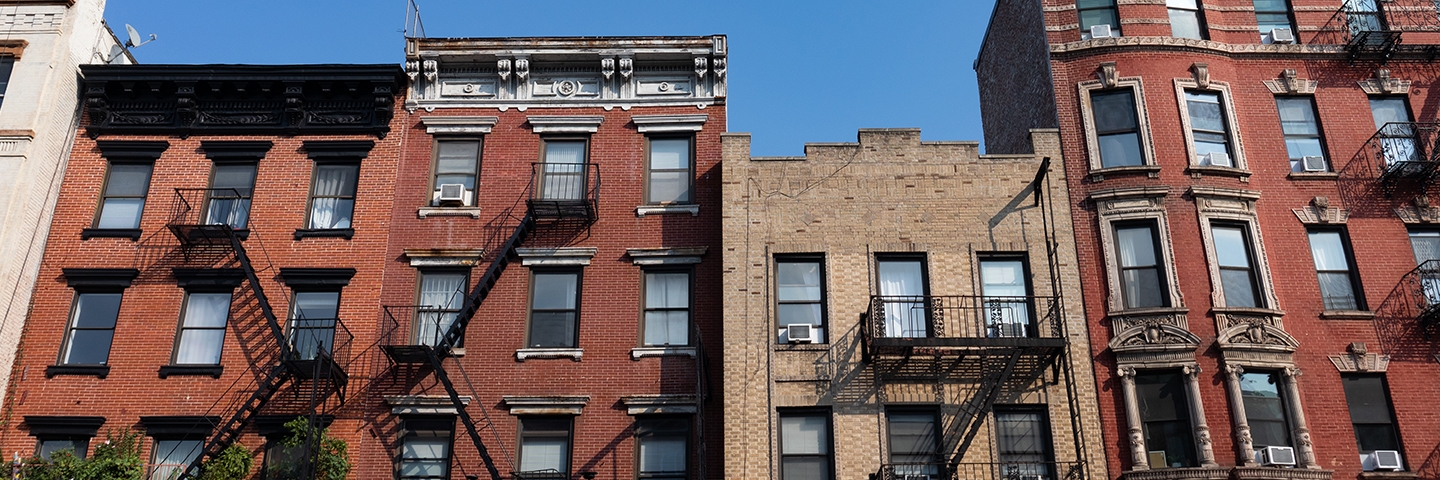Understanding NYC’s Rent-Stabilized Apartments
Navigating the New York City housing market can be daunting, especially when it comes to understanding rent-stabilized apartments. These units offer a more affordable and stable housing option in a city known for its high living costs. This guide will help you understand what rent-stabilized apartments are, how to find them, and what rights and responsibilities come with living in one.
What Are Rent-Stabilized Apartments?
Rent-stabilized apartments are part of a program designed to keep housing affordable for New Yorkers. These units are subject to regulations that limit how much landlords can increase rent each year. The program applies to buildings with six or more units built before 1974, although some newer buildings also qualify if they receive certain tax benefits. Rent stabilization helps protect tenants from sudden rent hikes and provides them with the right to renew their leases.
The rent for these apartments is determined by the Rent Guidelines Board, which sets annual limits on rent increases. This means that tenants in rent-stabilized apartments can expect more predictable rent changes compared to those in market-rate units. Additionally, rent-stabilized tenants have the right to a lease renewal, which adds a layer of security in a competitive housing market.
How to Find Rent-Stabilized Apartments
Finding a rent-stabilized apartment in NYC can be challenging, but it’s not impossible. Start by checking online listings on websites that specialize in affordable housing or rent-stabilized units. You can also contact real estate agents who have experience with rent-stabilized properties. Another effective method is to walk around neighborhoods with older buildings and look for “For Rent” signs, as these often indicate rent-stabilized units.
Networking can also be a valuable tool. Talk to friends, family, or colleagues who live in rent-stabilized apartments, as they might know of available units. Additionally, attending community board meetings or joining local housing groups can provide leads on rent-stabilized apartments. Remember, persistence is key, and being proactive in your search will increase your chances of finding a suitable unit.
Rights and Responsibilities of Tenants
Living in a rent-stabilized apartment comes with specific rights and responsibilities. As a tenant, you have the right to a fair rent increase, lease renewal, and protection from eviction without cause. If you believe your rent is too high, you can file a complaint with the New York State Division of Housing and Community Renewal (DHCR), which oversees rent stabilization.
However, tenants also have responsibilities. It’s important to pay rent on time and adhere to the terms of your lease. Maintaining the apartment in good condition and reporting any necessary repairs to your landlord promptly is crucial. If you plan to sublet your apartment, you must follow the legal procedures and obtain your landlord’s approval.
Understanding your rights and responsibilities will help you maintain a positive relationship with your landlord and ensure a stable living situation. If you encounter any issues, there are numerous tenant advocacy groups and legal resources available to assist you.
